Our last post was about presentations at IEEE VIS 2016 in Baltimore. Apart from the already mentioned publications, there were more presentations by SFB-TRR 161 scientists at the conference.
Further Contribution to IEEE VIS 2016
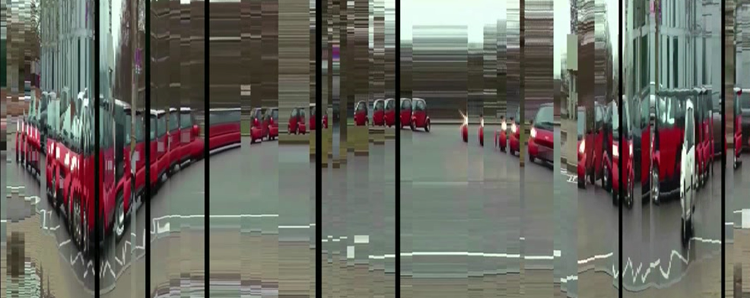


Our last post was about presentations at IEEE VIS 2016 in Baltimore. Apart from the already mentioned publications, there were more presentations by SFB-TRR 161 scientists at the conference.
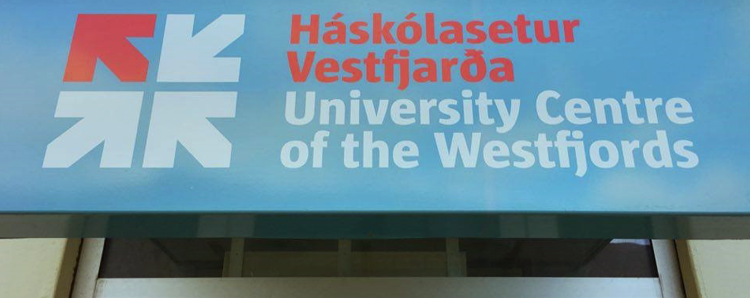
I am working on the diachrony of case and word order in Indo-European languages. More precisely, I am conducting a corpus linguistic and visual analytic study of dative subjects in Icelandic. During my work I noticed, that I need more knowledge about Icelandic in order to fully understand and cope with the erroneous annotations in Icelandic Parsed Historical Corpus and to improve the qualitative part of the data analysis. In August I attended a three weeks Icelandic summer school, including an intensive language course at the University of the Westfjords in Ísafjörður, Iceland.
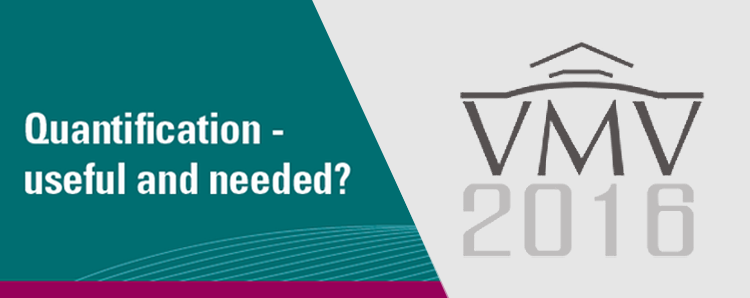
This year’s 21st Symposium on Vision, Modelling and Visualization (VMV) was hosted by the University of Bayreuth. International scientists presented their newest research in various sessions related to Visual Computing. Dr. Fabian Beck, member of the Visualization Research Center of the University of Stuttgart (VISUS) and associated to SFB-TRR 161, presented his interesting work on a matrix-based visual comparison of time series sports data. As part of the VMV 2016, the SFB-TRR 161 co-organized a workshop session titled “Quantification – useful and needed?”. Three leading german researchers of the visual computing community were invited to present their take on the role of quanitification in their respective fields of expertise.
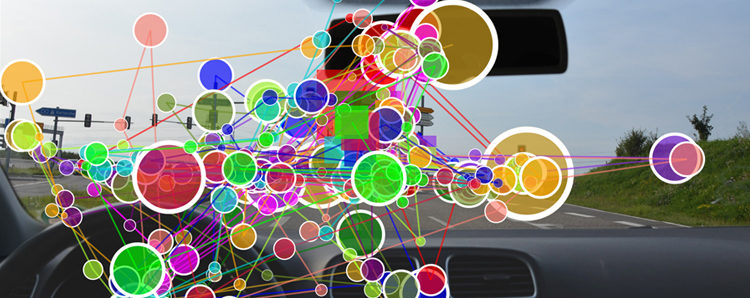
Nowadays a big vision of the automotive industry is autonomous driving. Since Google’s introduction of autonomously driving cars, car manufacturers, their suppliers, but also IT companies and the scientific community are excited about the upcoming revolution of transportation. The biggest advantages of autonomous driving are a higher driving comfort, and assumed the driving systems work reliably, a better driving safety. But there are many issues that have to be resolved until autonomous driving can be fully realized.
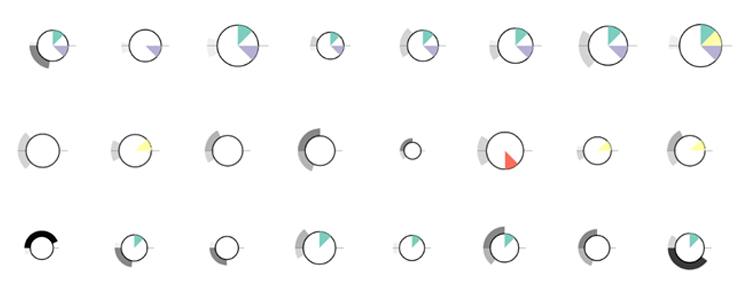
Political scientists, linguistis and computer scientists at the University of Konstanz developed an automatic system for the analysis and visualization of political communication. Their software – a result of the interdisciplinary BMBF-funded project VisArguea – allows to draw conclusions with respect to the deliberative quality of political discourse. One use case is the Stuttgart 21 mediation which took place in 2010 and aimed at resolving the conflicts around the railway and urban development project in Stuttgart (Germany).
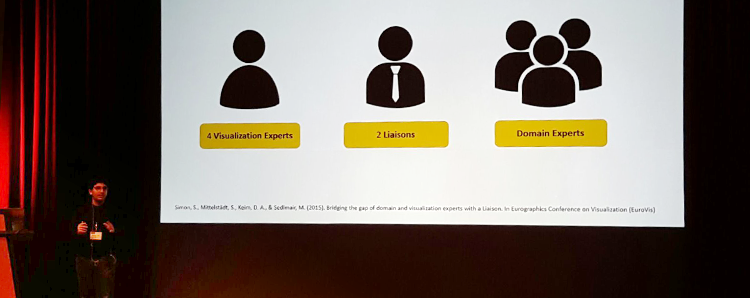
In early June I had the opportunity to join this years EuroVis in Groningen in the Netherlands. This conference is in the top two academic events when it comes to visualization and visual analytics, so I was excited to being able to attend this event. Together with colleagues from the University of Konstanz I enjoyed a week of learning about the latest research in the field, meeting and socializing with experts from around the globe.
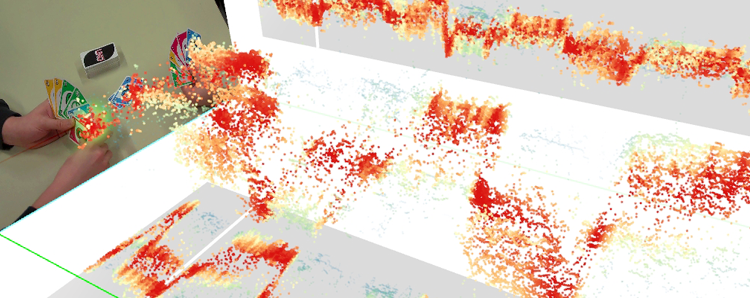
Knowing where people look at when they investigate visual stimuli such as pictures and video content provides valuable information for multiple application scenarios. The investigation of viewing behavior has become a popular approach that provides a glimpse into the human mind. May it be a person sitting in front of a computer screen or walking in the park, different eye-tracking devices can record where and how long a person spent visual attention for nearly all possible visual stimuli. Depending on the device, up to 2000 gaze positions per second and the visual stimulus can be recorded for an individual person. Typically, many more persons are recorded in a user study, and the goal is to compare this massive amount of data in order to find similarities as well as outliers in the viewing behavior.
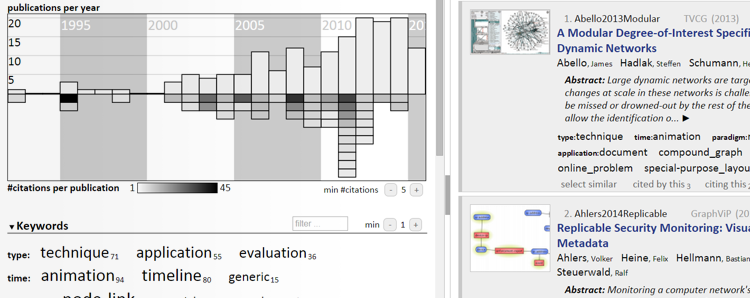
It is daily business for researchers across all disciplines to search for, read, and structure scientific publications. Over the years, they become experts in a specific area, having an overview of hundreds of publications within this domain. To share their knowledge, they eventually publish a literature overview in form of state of the art report or part of a book or thesis. These overview publications structure and aggregate the literature on a high level of abstraction. However, they do not yet provide an interactively explorable list of publications leveraging the detailed knowledge of the authors.